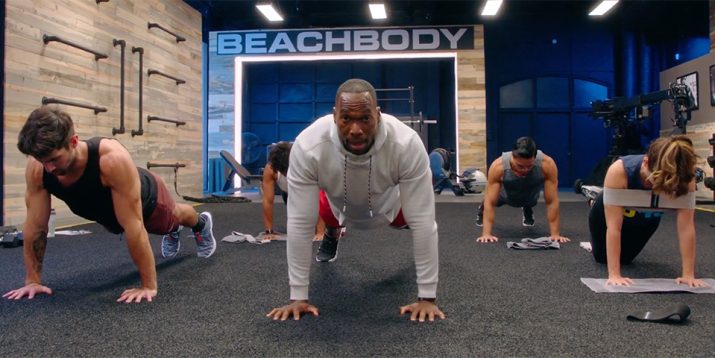How to Do the Perfect Push-Up

Few exercises command more muscle-building respect than the push-up, which is why everyone from soldiers to yogis performs it regularly. Still, if your goal is to build a powerful chest, you might assume that this classic exercise would take a backseat to the bench press.
And in that you’d be wrong
According to scientists reporting in the Journal of Strength and Conditioning Research, the push-up and the bench press produce similar levels of muscle activation, and lead to similar gains in strength. Of course, as with any exercise, the push-up’s efficacy hinges on performing it correctly. Here’s how to do a push-up safely and effectively.
How to Do a Push-Up: Step-by-Step Instructions
Muscles targeted: Chest, arms, and core.
Featured in: 645 – Week 2: Total Body Tempo
- Get on all fours with your feet together, your body straight from head to heels, and your hands in line with (but slightly wider than) your shoulders. Clench your glutes and brace your core to lock your body into position.
- Keeping your elbows tucked toward your body and your head down, lower your torso until your chest is within a few inches of the floor.
- Pause, and then push yourself back up to the starting position as quickly as possible.
Make it easier
Place your hands on a box, bench, or other raised surface. The greater the angle of your body to the floor, the easier the exercise becomes.
Make it harder
Perform a “dead stop” push-up, lowering your chest all of the way to the floor and lifting your hands briefly. That will eliminate any help you’d normally receive from the “stretch reflex” (the fleeting tendency of a stretched muscle to spring back to a shortened state).
Other options: Do a single-leg push-up (with one leg raised); a decline push-up (with both feet elevated on a bench); or a plyo push-up, pushing up with enough force for your hands to leave the ground.
Bonus tip
Push your upper back toward the ceiling each time you return to the starting position. In so doing, you’ll add your serratus anterior muscles (which help you move your shoulder blades) to the list of those targeted by this classic exercise.
Why is that important? Because when serratus anteriors are weak, it can increase the risk of developing shoulder impingement (also known as weightlifter’s shoulder). Strong serratus anteriors, meanwhile, help to not only reinforce good posture, but also counteract the “humpback” position many people assume for hours a day at their desks.
